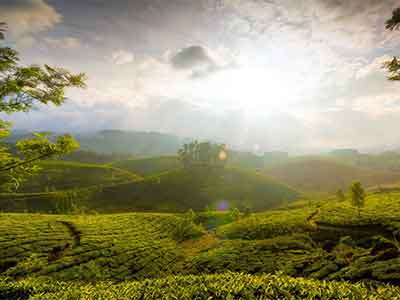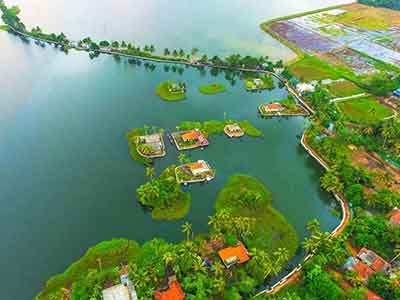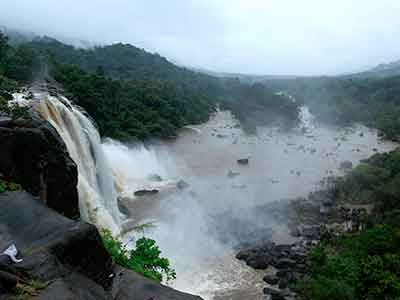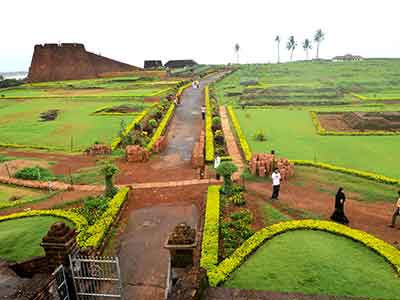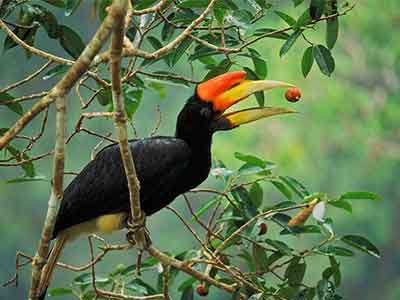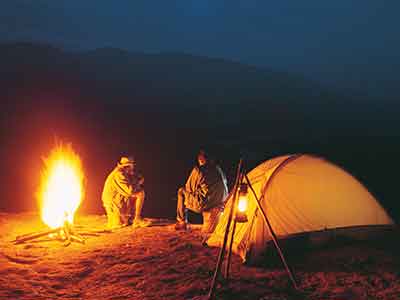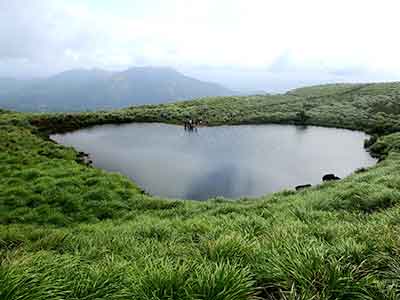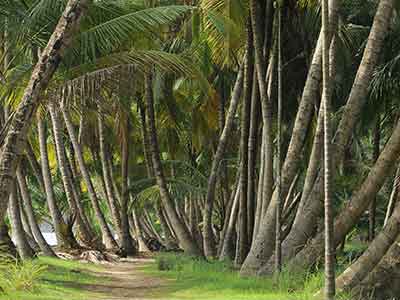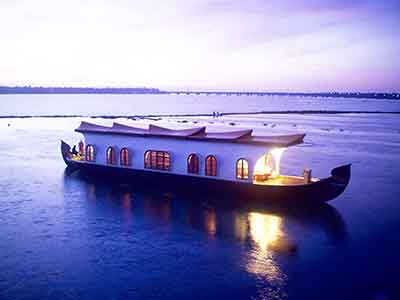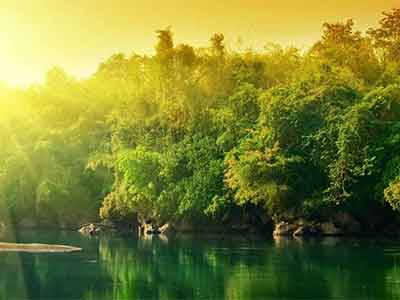Email: sales@travioholidays.in
Help: +91 98950 53303

Also known as Mercara, Madikeri is a quaint town situated in the Western ghats and is the headquarters of the district of Kodagu. The history of Madikeri is inextricably linked to the history of Kodagu. The Haleri kings who ruled Kodagu from 1600-1834 AD built his capital in Haleri, near Madikeri. Mudduraja, the third Haleri king built the fort in Madikeri fort1681.
In and around Madikeri there are numerous landmarks of interest to travellers.
Raja Seat : Built in the form of a ‘mantapa’ in brick and mortar, comprised of four pillars bridged by arches, Raja Seat was very popular with the erstwhile rulers of the area and hence its name. Surrounded by picturesque gardens, Raja Seat is built on levelled ground raised from the crest of a hill with a gorgeous view of the cliffs and valleys of the western ghat mountains below and in to the horizon. The view at the crack of dawn, at sunrise and sunsets in the evening are indeed very special experiences for visitors.
Madikeri Fort : This fort and the palace within was first built by Mudduraja in the last quarter of the 17th century. It was subsequently rebuilt in granite by Tipu Sultan who renamed the site as Jaffarabad. The British added to the fort in 1834 and later the palace was renovated by Lingarajendra Wodeyar II sometime between 1812 and 1814.
In the north-east corner of the fort, beside the entrance, two life size masonry elephants stand watch. In the south east end an ancient church once drew colonial soldiers to worship. The rulers who built the fort also built a temple dedicated to the Hindu god Ganesha known here as “Kote ganapathi” at the main entrance of the fort.
Omkareshwara Temple: Located at the heart of the town, Omkareshwara temple was built by king Lingarajendra in 1820. The temple has both Islamic and Gothic styles of architecture and is built around a central pond.
Our Top Tour Packages in South India
The four states that constitute South India are composed of distinctive geographic regions - narrow plains that fringe peninsular South India beside the Arabian Sea and the Bay of Bengal with two mountain ranges running alongside and the rocky hardtop of the Deccan and fertile central plains.
